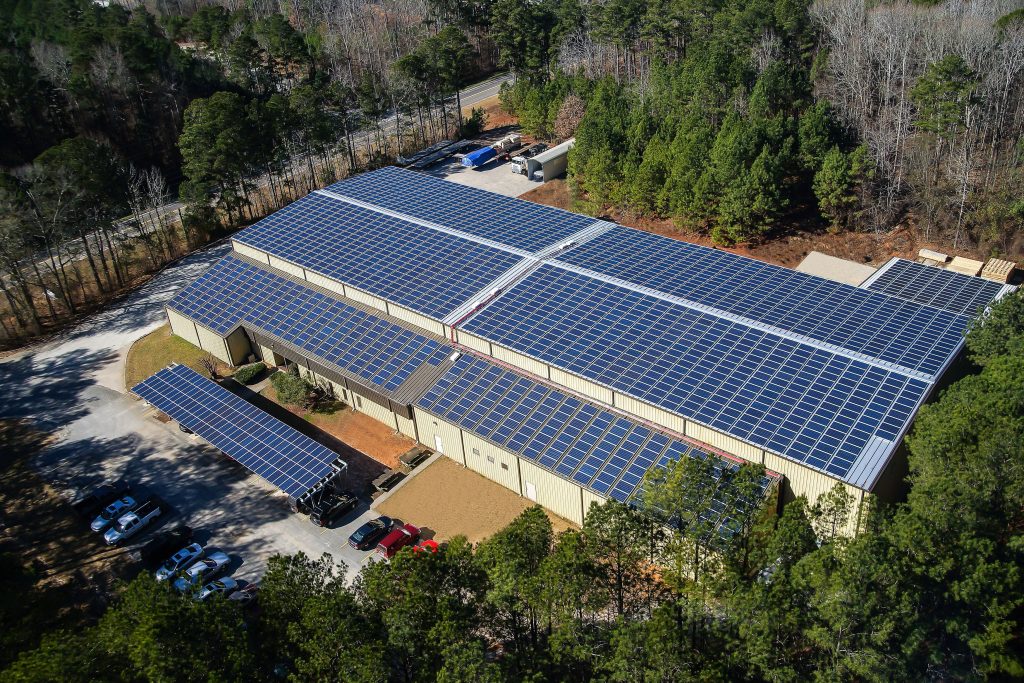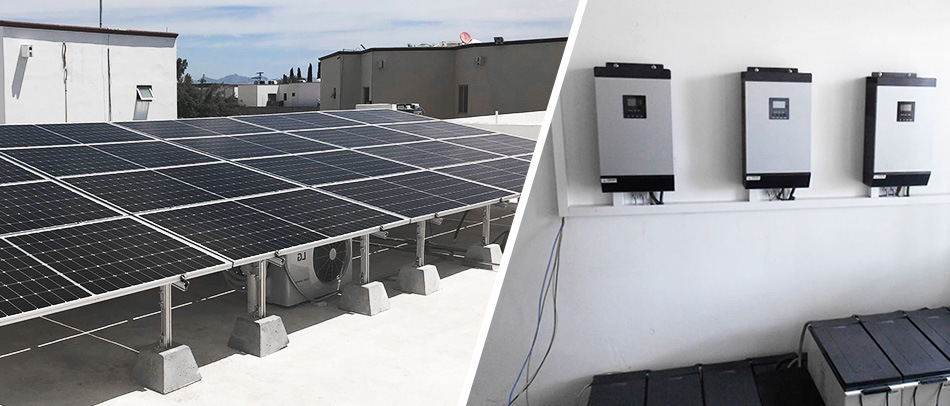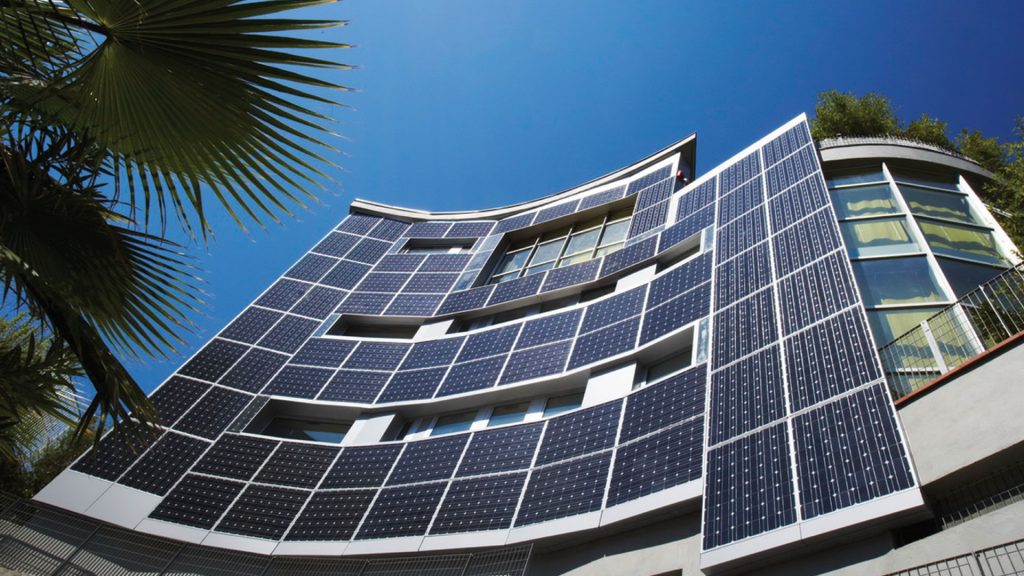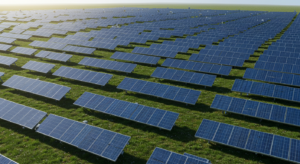In today’s world, the transition to renewable energy is not just a trend but a necessity. Renewable energy in buildings is playing a crucial role in reducing greenhouse gas emissions and reliance on finite fossil fuels. This article explores renewable energy sources like solar, wind, and biomass energy, focusing on their integration into commercial buildings to generate electricity, produce heat, and create a cleaner, more sustainable future.

Solar Energy Systems for Buildings
Solar energy systems, including photovoltaic (PV) panels and solar thermal installations, are becoming increasingly popular. These solar systems harness the sun’s power to generate electricity or heat water, offering a clean and cost-effective energy source. Rooftop solar panels and skylights not only provide energy but also reduce the need for artificial lighting, enhancing productivity inside the building and saving energy.

Wind Energy: Harnessing the Power of Wind
Wind energy systems, primarily using wind turbines, capture the natural power of the wind to generate electricity. Small-scale wind power installations can be used in buildings to supplement energy needs. Combined with solar power, sunlight and wind provide a powerful renewable source, reducing energy consumption and environmental impact.
Biomass and Biogas Energy
Biomass energy and biogas are renewable energy sources derived from organic materials. Used in buildings for heating purposes, these sources can replace traditional boilers and combustion systems with a more environmentally friendly option. They contribute to reducing air pollution and are vital in the sector’s modern slavery to nonrenewable natural resources.
Geothermal Energy and Heat Pumps
Geothermal energy systems utilize the earth’s constant temperature to provide heating and cooling. Heat pumps can be installed to leverage this renewable energy, offering thermal comfort and energy efficiency. These systems are not only environmentally friendly but also provide a consistent source of energy, contributing to the building’s overall energy supplies.
Hydroelectricity: Tapping into Water Power
Hydroelectric systems, including small-scale installations, generate electricity from flowing water. While not commonly used in buildings, this renewable energy technology offers another avenue for clean energy. Together with solar and wind, hydroelectricity adds to the diverse grid of renewable energy sources in buildings.
Incentives, Installation, and Regulation
Adopting renewable energy systems like photovoltaic panels and wind turbines requires understanding regulatory documents, considering upfront costs, and exploring incentives. The installation of renewable energy technology is governed by civil engineering principles and standards, ensuring safety and efficiency in terms of use.
Conclusion
Renewable energy systems for buildings, including solar, wind, biomass, geothermal, and hydroelectric power, offer a pathway towards a greener future. By integrating these renewable energy sources into commercial buildings, we can achieve energy efficiency, reduce emissions, improve indoor air quality, and make strides toward a world less dependent on fossil fuels. The time to embrace renewable energy is now, with endless possibilities for innovation and growth.




